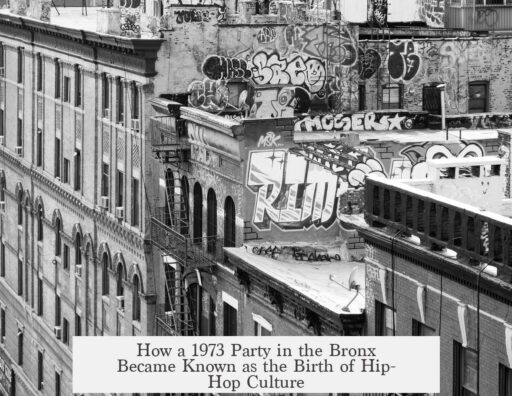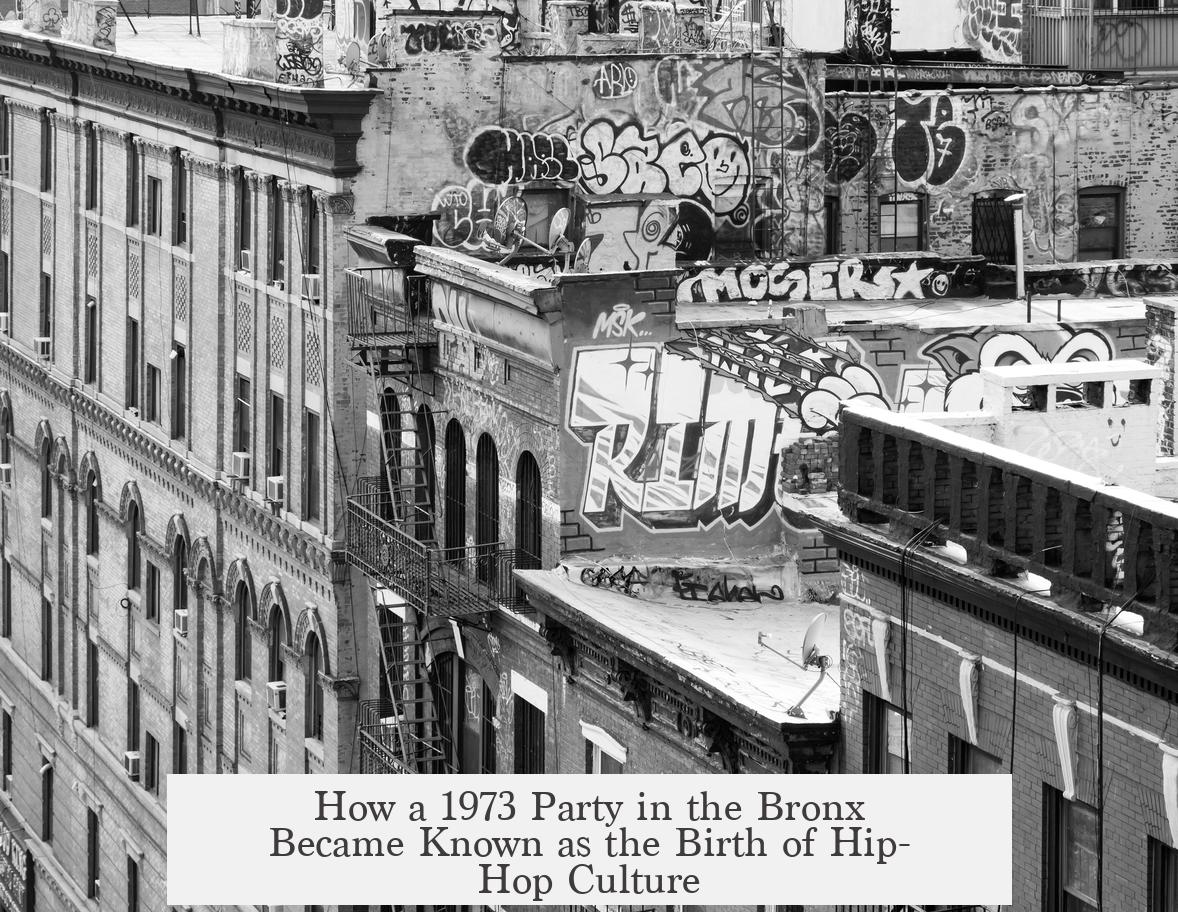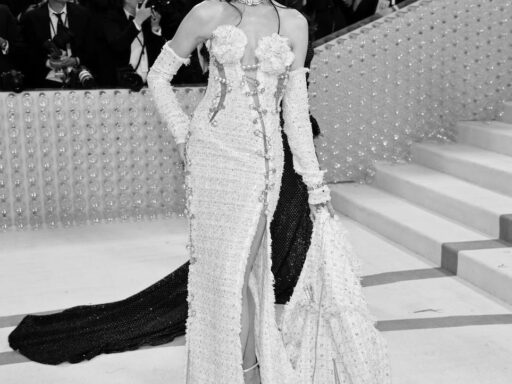The party hosted by DJ Kool Herc on August 11, 1973, is widely accepted as the birth of hip-hop because it marks the beginning of a distinct cultural movement and musical approach in the Bronx that shaped the genre’s identity.
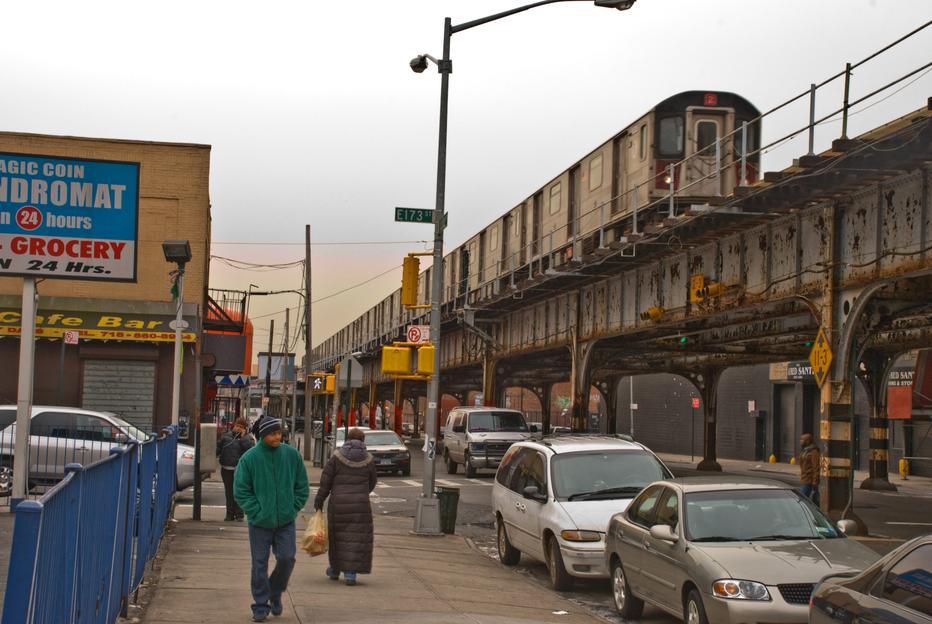
This date stands as a symbolic milestone rather than a literal point of origin. Hip-hop, as a genre, emerged through a combination of musical innovations, cultural forces, and social dynamics that evolved over time. The August 11 party is recognized because it crystallizes the moment when a new way of engaging with music—centered on DJs recontextualizing existing tracks—began to form a recognizable scene.
At this party, Kool Herc introduced a technique adapted from Jamaican sound systems he had experienced as an immigrant. He extended the breakbeats—short instrumental sections from soul tracks—by using two turntables, creating continuous dance rhythms. This method focused on the DJ’s role as the primary music creator, emphasizing the manipulation of sound over live instrumentation or lyrics.
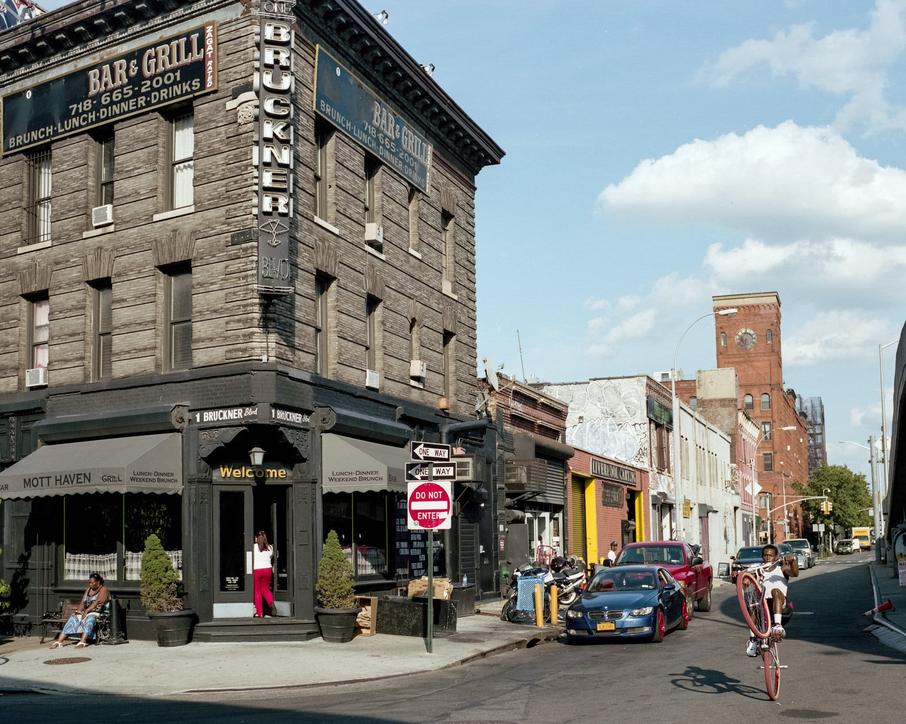
The adoption of Jamaican sound system techniques into 1970s American soul music was innovative but also a natural cultural fusion. While Kool Herc’s influence derived from Jamaican music culture, the Bronx community transformed these ideas into something new. Unlike in Jamaica, this style began to incorporate vocal styles and social contexts unique to New York City’s urban youth.
Hip-hop’s birth is thus linked to a group of people in the Bronx who collectively embraced these sounds and the culture around them. This community chose to value the DJ’s craft and the emerging style of rhythmic speech, or rapping, which arose organically in those spaces. Though the party marked the DJ’s innovation, true hip-hop identity emerged as DJing merged with rapping, as artists like Melle Mel began vocalizing over the beats.

The exact moment when rap and DJing fused into a single genre is difficult to pin down. Early DJs often used microphones to hype the crowd, blurring lines between announcements and rhythmic vocalization. The party on August 11, however, is easier to identify and serves as a practical reference point for this cultural shift.
This musical evolution continued beyond the initial party. Hip-hop moved from live scenes to recorded music, with tracks like the Sugarhill Gang’s “Rapper’s Delight” in 1979 popularizing the form globally. Though “Rapper’s Delight” marks hip-hop’s commercial inception, the 1973 party remains acknowledged as the cultural starting point where the genre’s foundations were laid.

The significance of August 11, 1973, is also because it was the start of a vibrant scene. DJs competing inspired innovation, while dancers and listeners honed the culture. This lively interaction propelled the art form forward and led to the rise of MCs who would elevate the music through their vocal skills.
It is important to note that genre birthdates are inherently arbitrary. Defining a genre involves subjective choices about which sounds and cultural moments matter most. The acceptance of this date as hip-hop’s birth illustrates how cultural consensus shapes history, even if the genre’s roots span multiple influences and locations.
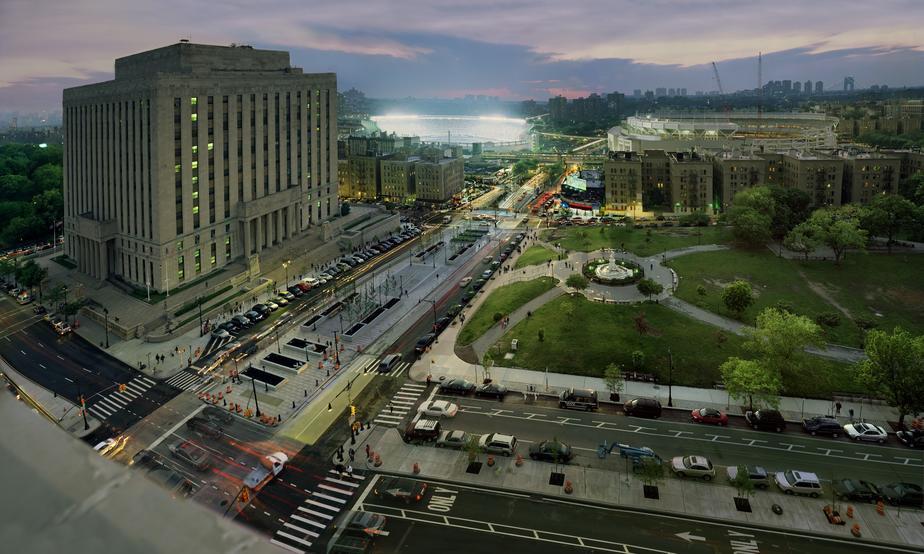
- Kool Herc’s party introduced breakbeat DJing to the Bronx, shaping hip-hop’s sound.
- The fusion of Jamaican sound system techniques with American soul music created a unique style.
- Hip-hop formed as a cultural identity through a community embracing specific sounds.
- The party symbolizes the emergence of DJ-centered music before the rise of rap vocals.
- Full hip-hop—as a combination of DJing and rapping—developed gradually after this event.
- Genre definitions are subjective; August 11 serves as a commonly agreed-upon starting point.
How did a single party held on August 11, 1973 become universally accepted as the birth of Hip-Hop?
The party on August 11, 1973, is widely celebrated as the birth of Hip-Hop because it marked the first notable moment when a unique DJing style by DJ Kool Herc transformed existing music into a new cultural and musical scene in the Bronx. This event didn’t simply happen by chance—it reflected a collective decision by a community around a novel way of experiencing music.
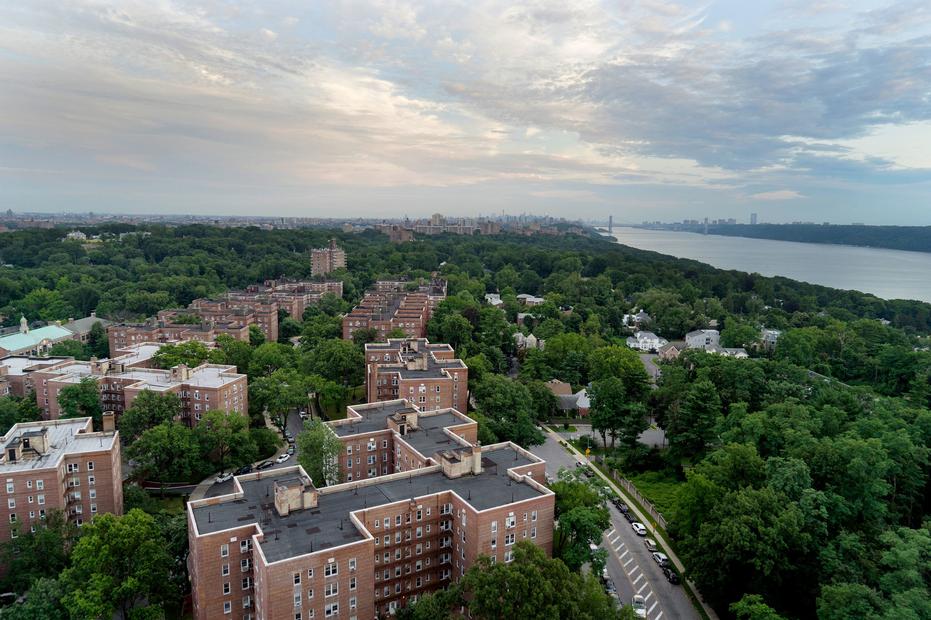
Let’s dive into why this specific night holds such symbolic weight, exploring the nuances and layers behind what many consider Hip-Hop’s origin story.
The Birthdate of an Idea: What Does It Even Mean?
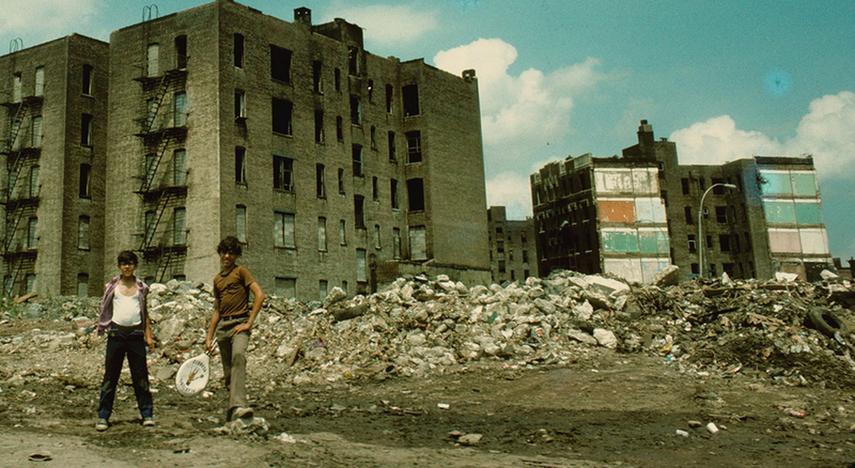
When someone pins down a single date as the birth of a genre or culture, they are usually defining a crucial moment rather than the literal inception. Imagine trying to pick the exact nanosecond when music began. Impossible, right?
In Hip-Hop’s case, that moment represents when a defining element—the DJ’s innovative use of breakbeats and sound system techniques—became visible and influential. August 11, 1973, stands out because it embodies this concept.
It’s less about the absolute first “Hip-Hop sound” and more about when a particular approach to music and culture crystallized uniquely.
A Party That Became a Symbol
So, what really made that party symbolic? It’s about a perspective, a way of looking at music and culture. Some argue Hip-Hop began earlier or elsewhere, even suggesting its roots stretch back to Jamaica.
But the August 11 party is recognized as a starting point for a specific style and cultural movement in the Bronx. It’s like when a city claims a famous invention; sometimes it’s about who made it popular or accessible first.
It’s All About the DJs — Not the Rappers (At First)
Contrary to what many think, Hip-Hop’s earliest moments focused more on DJs than on rappers. DJ Kool Herc was spinning records and using two turntables to extend the instrumental “breakbeat” sections of songs. This concept is crucial.
This method created “breakbangers,” allowing dancers and partygoers to revel in extended grooves. Rapping existed in various forms but wasn’t the central feature at that party. Hip-Hop, in its infancy, was about how music was being manipulated.
Think of it as the art of recontextualizing music — reassembling sounds, making mini symphonies from snippets. The DJ wasn’t just playing music; they were crafting a new experience.
Jamaican Sound System Roots: A Transatlantic Influence
DJ Kool Herc’s style was deeply inspired by Jamaican sound system culture. In Jamaica, DJs used toasting, a form of rhythmic speech, over beats. Herc was just bringing these techniques to New York’s soul and funk records.
In fact, some say Hip-Hop’s “true birth” may lie in Jamaica. However, the Bronx scene transformed these ideas in ways different from their original form.
The Bronx: Creating a New Genre and Community
One fascinating fact is that many Bronx partygoers weren’t deeply familiar with Jamaican music. This disconnect meant the sound evolved independently, turning into something else — something uniquely Bronx.
This uniqueness arose from the people deciding collectively that this new sound and style mattered. These decisions, cultural as they were, forged a fresh genre.
When DJing Met Rapping: The Real Fusion
The true hallmark of Hip-Hop came when Kool Herc’s DJing style merged with live vocal performances from MCs (rappers). Rappers like Melle Mel began adding rhythmic spoken word over those breakbeats, setting the stage for the classic elements of Hip-Hop.
If DJ Kool Herc laid the musical foundation, early rappers brought life and narrative. Together, they turned isolated techniques into a culture.
The Challenge of Pinpointing the Moment Hip-Hop Was Born
Pinpointing the exact moment when DJing and rapping fused is tricky. DJs often spoke over music with announcements; distinguishing announcements from early rapping is fuzzy.
This fuzziness makes the August 11 party function as a symbolic, easy-to-recognize waypoint rather than an exact timestamp.
Hip-Hop’s Growing Pains: From Block Parties to Record Shops
Hip-Hop in the 1970s Bronx was raw and local. But by 1979, the genre exploded into mainstream consciousness with the release of “Rapper’s Delight” by the Sugar Hill Gang. This track was Hip-Hop’s first big recorded hit, introducing wider audiences to rapping more than DJ turntablism.
This evolution shows that the August 11 party isn’t the complete story, but rather the seed from which Hip-Hop’s recorded legacy grew.
The Scene That Sparked a Movement
The real magic of that party was sparking a scene. DJs inspired each other through competition, audiences engaged deeply, and MCs followed, all contributing to a cultural movement.
This dynamic helped Hip-Hop transform from niche gatherings into a global force, with roots firmly planted in those Bronx block parties.
Genre Definitions: Fluid and Because We Agree
Finally, it’s essential to recognize genre labels are human-made, somewhat arbitrary categories. When “August 11, 1973” became Hip-Hop’s birthdate, it was a decision shared by many fans, historians, and artists recognizing that moment’s special place.
Like any cultural label, it can shift with new knowledge and perspectives. But for now, the party remains Hip-Hop’s symbolic birth certificate.
A Quick Recap
- August 11, 1973, marks when DJ Kool Herc innovated with breakbeats in the Bronx, shaping a new way to experience music.
- This event symbolizes the birth of a Hip-Hop scene—rooted in DJ turntablism, inspired by Jamaican sound systems, and framed by a Bronx community that reshaped the sound.
- While rapping came later, the fusion of DJing and MCing defined Hip-Hop’s identity.
- Recorded Hip-Hop emerged years later, evolving the culture further.
- Genre “birthdates” reflect collective cultural opinions rather than absolute historical facts.
What Can We Learn from Hip-Hop’s Birth Date?
Isn’t it fascinating how a single party can encapsulate so much cultural history? It tells us culture isn’t invented in isolation but grows from a mix of influences, communities, and moments.
Next time you hear that Hip-Hop started on August 11, 1973, remember it’s not just a date. It’s a story of innovation, community, and transformation. And who knows—tomorrow, a new genre might get its birthdate from the next big thing in the Bronx (or somewhere else entirely).
What makes the August 11, 1973 party the symbolic birth of Hip-Hop?
It marks when a scene in the Bronx began valuing a unique style of music. DJ Kool Herc’s set highlighted a fresh way of mixing soul music, which many see as the starting point of Hip-Hop culture and sound.
Why does this date focus on DJs rather than rappers?
The emphasis is on DJ Kool Herc’s method of using turntables to create new sounds. Hip-Hop started as a DJ-driven culture before the rise of rapping, centering on music manipulation over vocal performance.
How did Jamaican sound systems influence this Hip-Hop origin?
Kool Herc brought Jamaican sound system techniques to NYC, applying them to American funk and soul. This cross-cultural mix helped shape Hip-Hop’s rhythmic foundations.
Why is the Bronx scene important in defining Hip-Hop as a genre?
The Bronx crowd developed a distinct culture by adopting and altering music styles. They created a group identity around these sounds, which turned them into a new genre rather than just a music style.
Is August 11, 1973 the precise moment Hip-Hop started?
The exact starting point is hard to pinpoint. While DJ Kool Herc’s party is key, Hip-Hop evolved as DJing and rapping combined over time in the Bronx scene.
How did Hip-Hop evolve beyond the initial parties and DJ sets?
It grew into a recorded genre with hits like “Rapper’s Delight.” Competitions among DJs and the rise of MCs fueled Hip-Hop’s expansion into a full cultural movement beyond the early Bronx parties.
